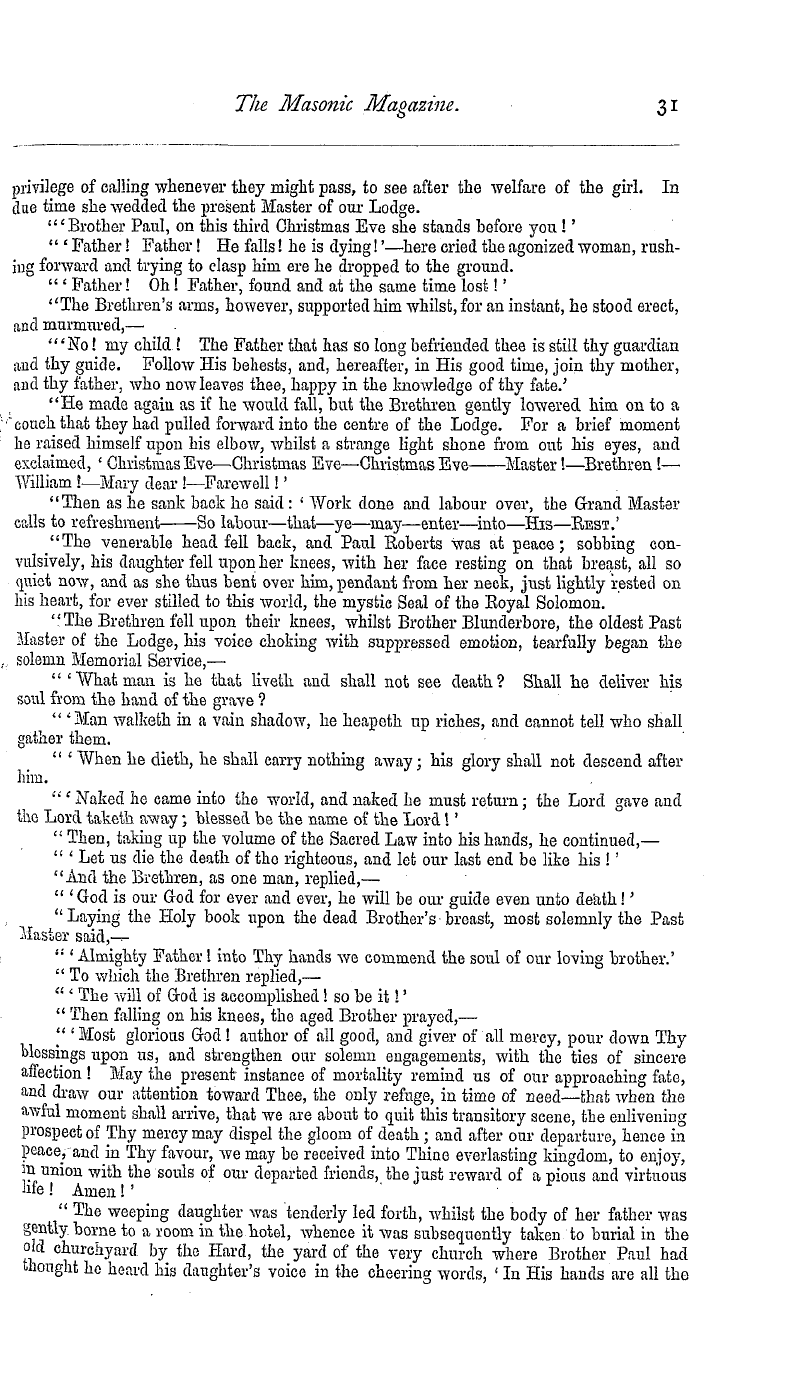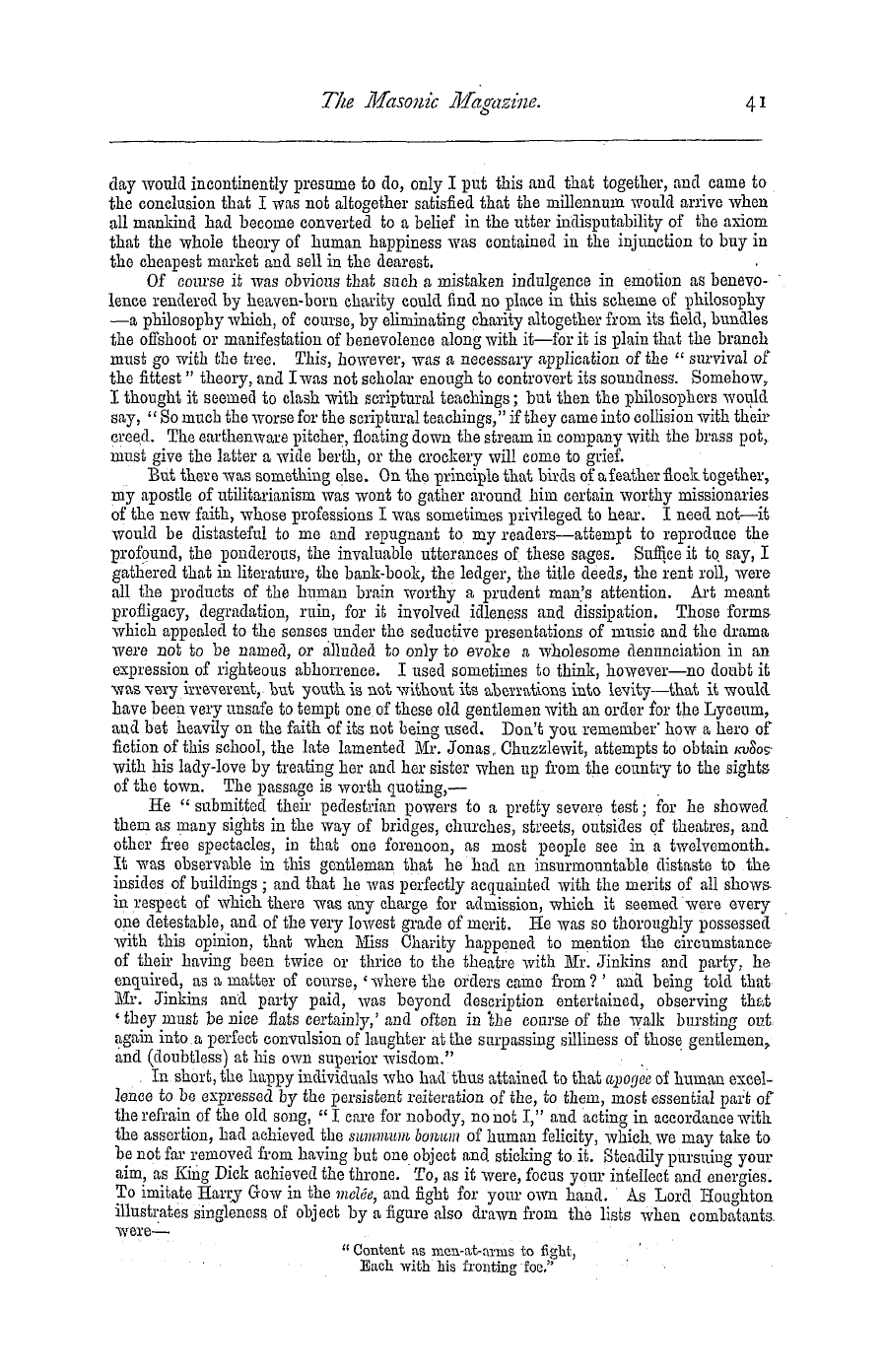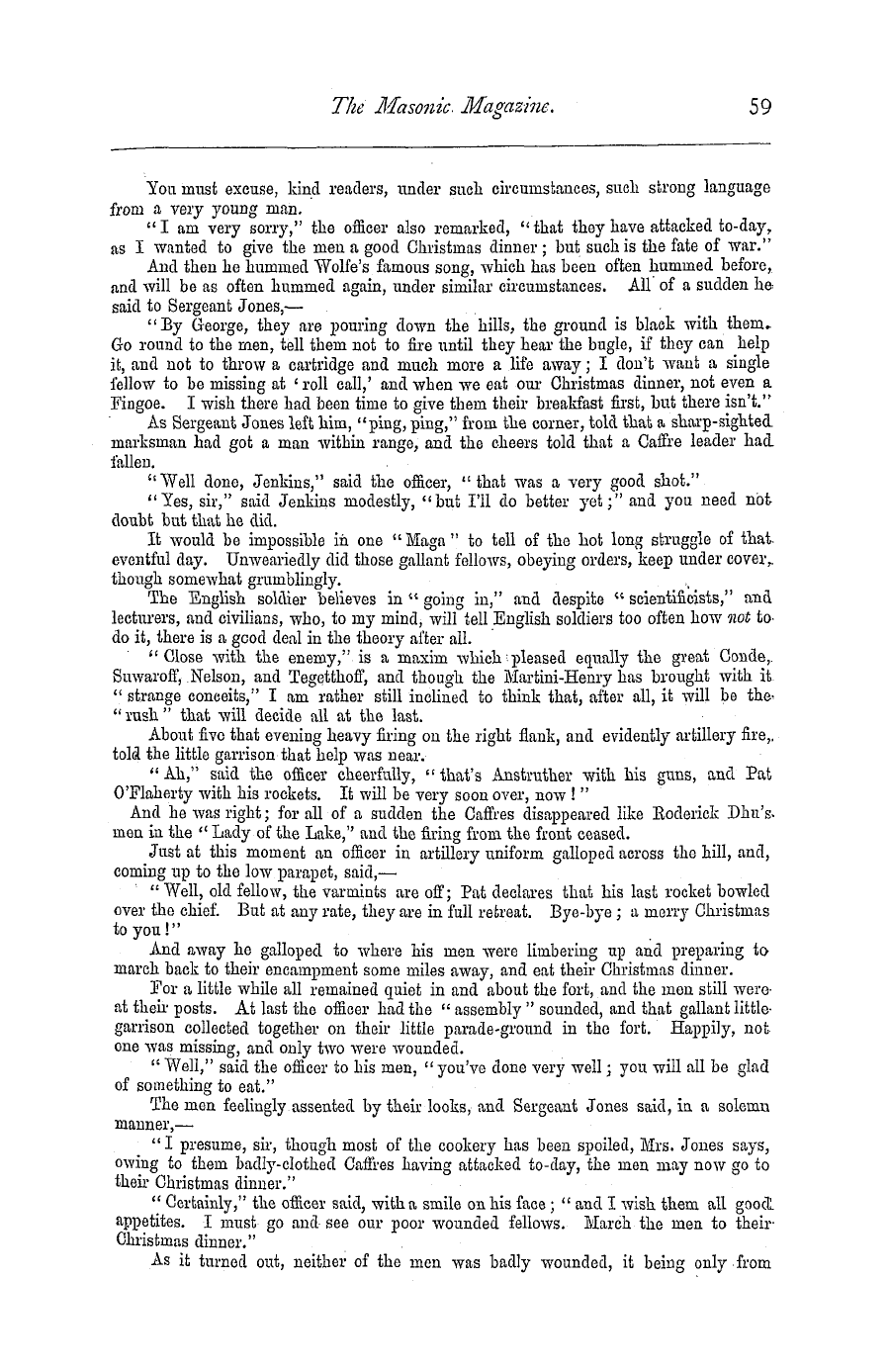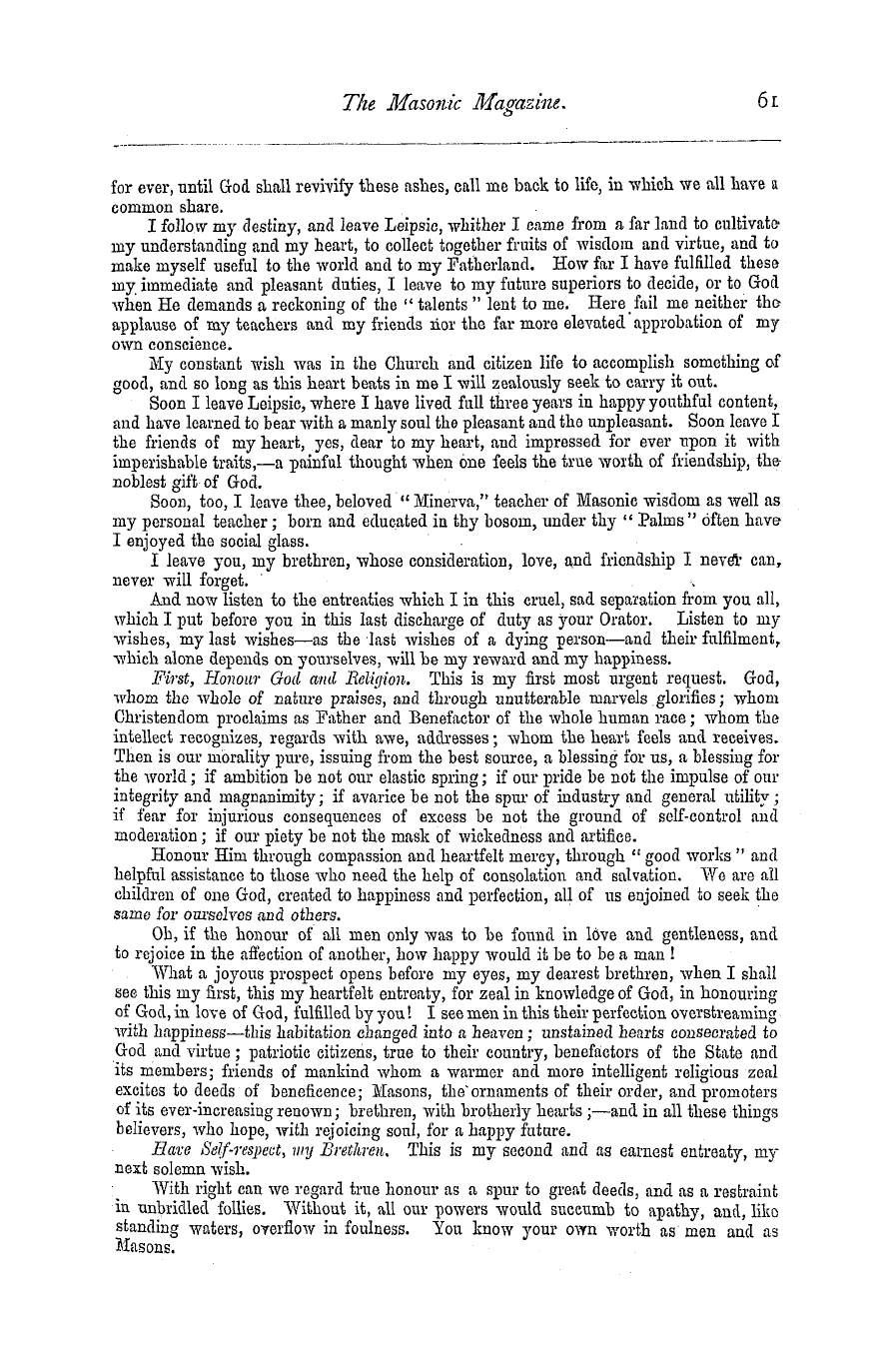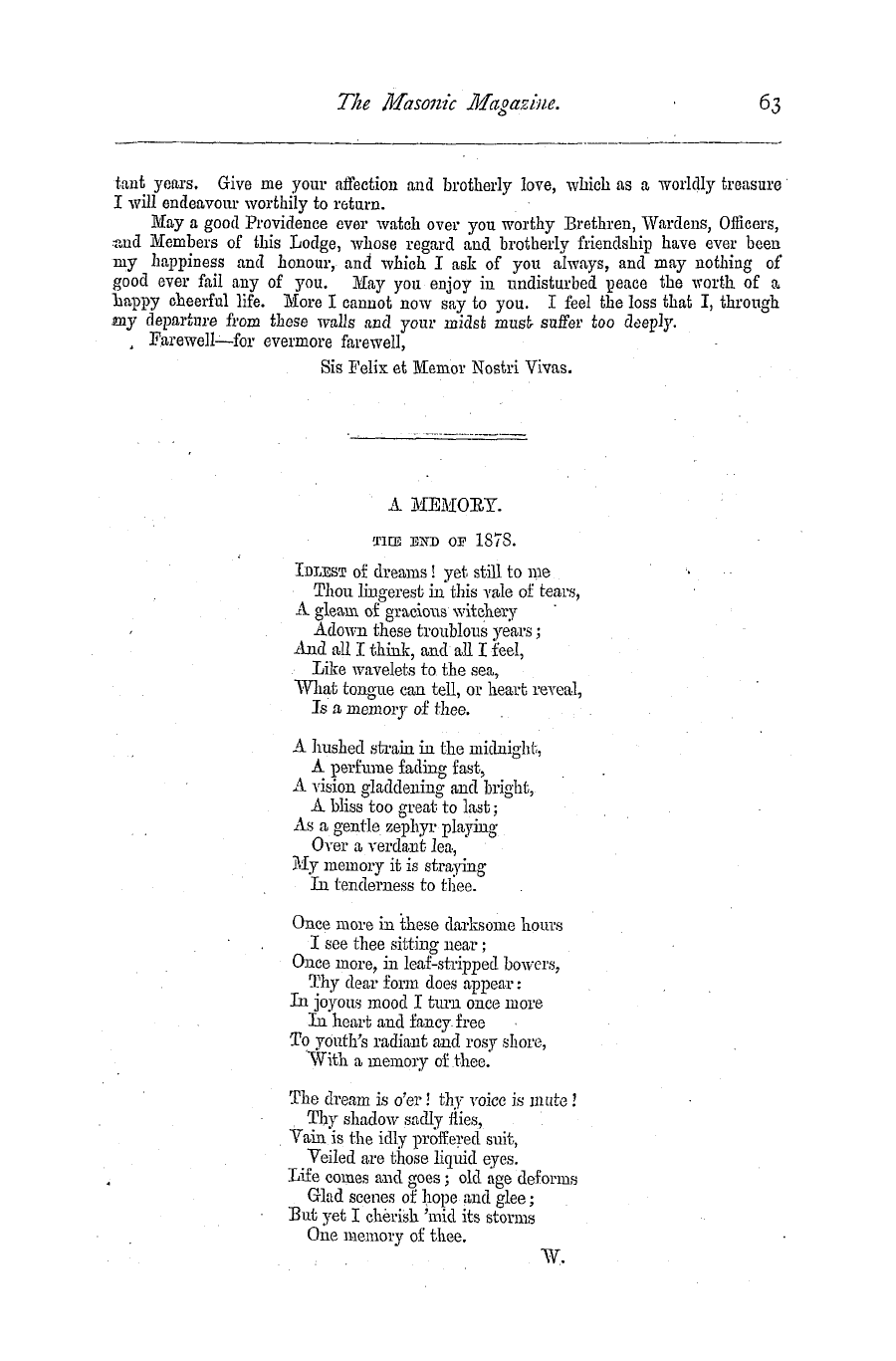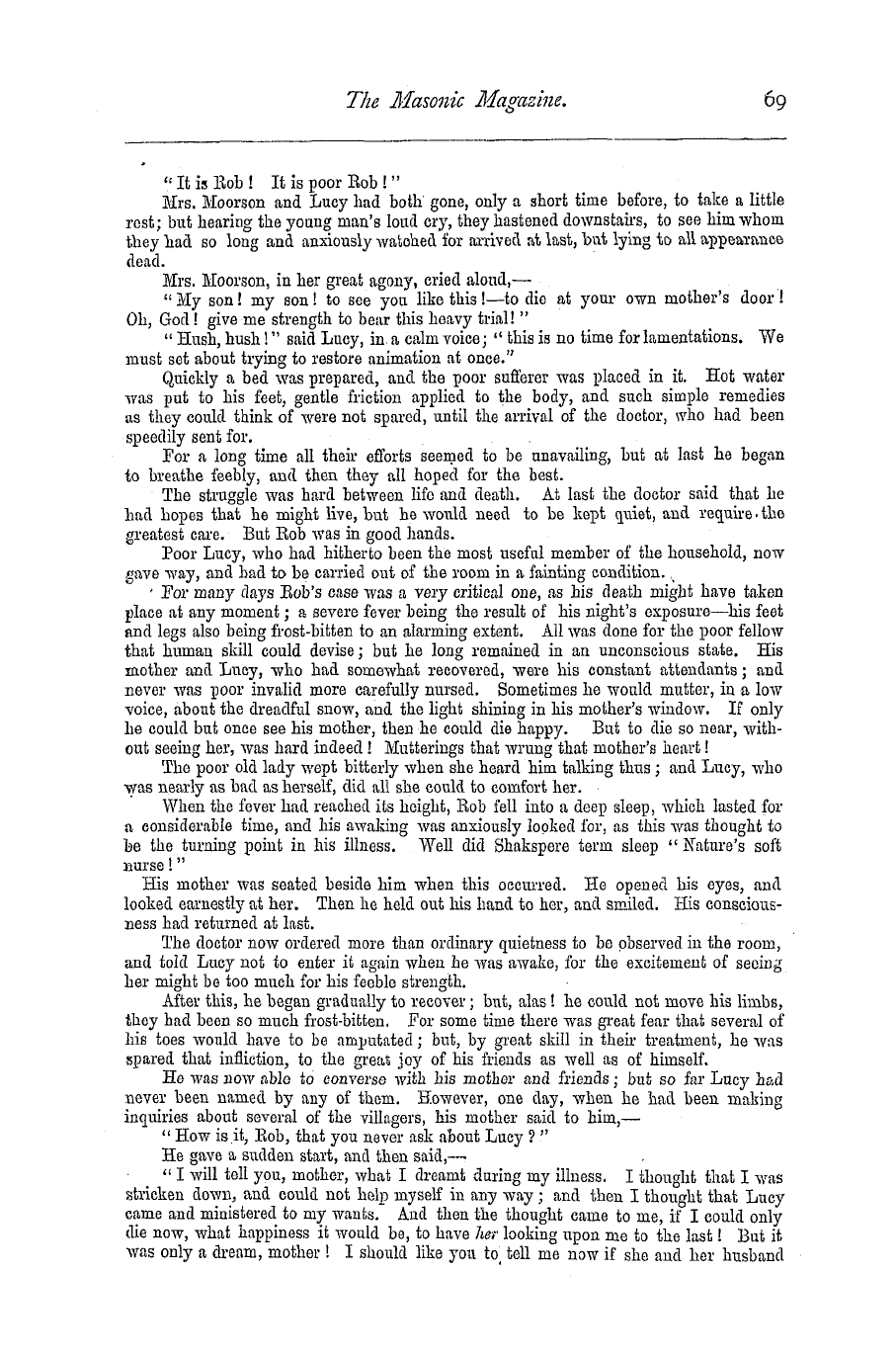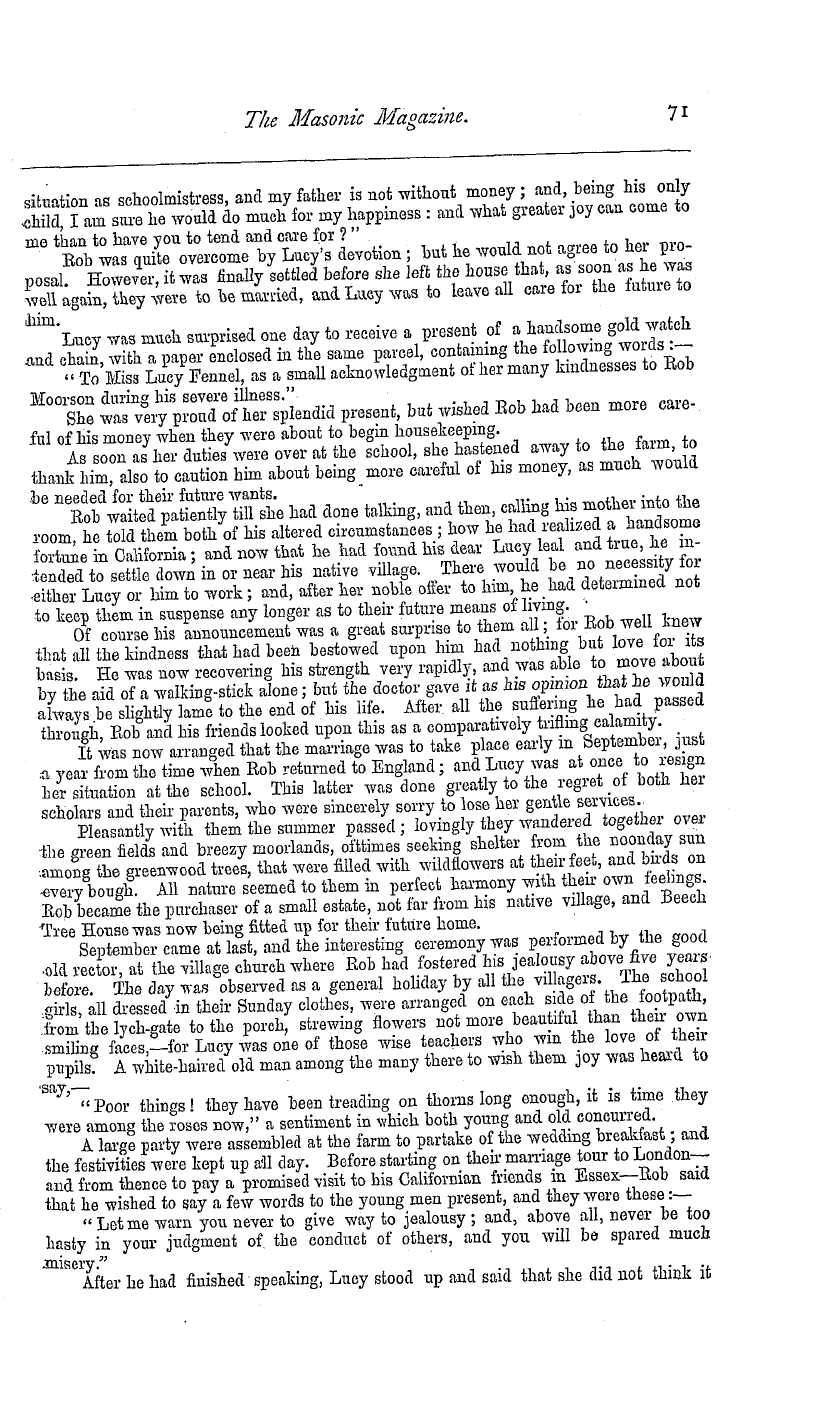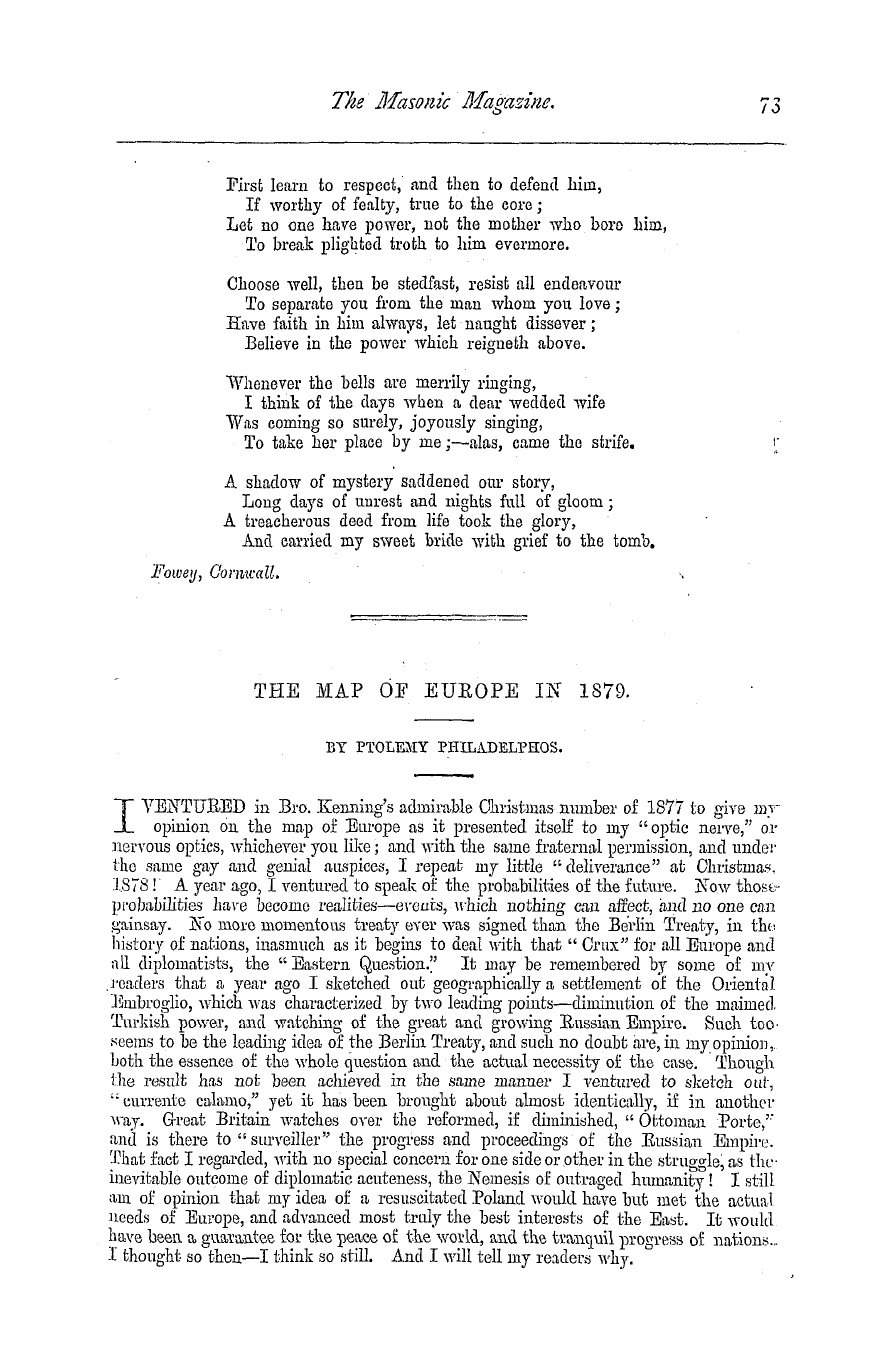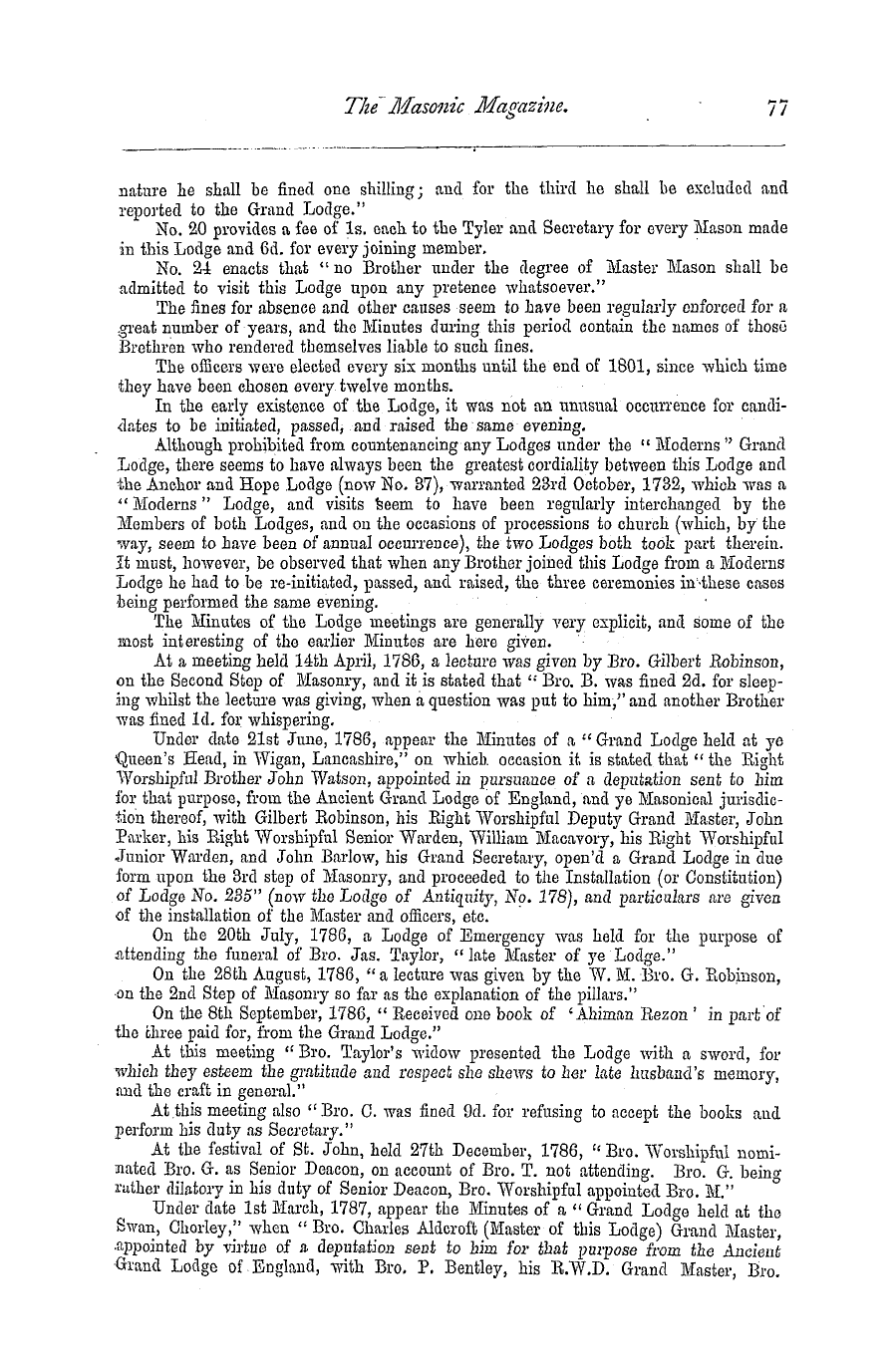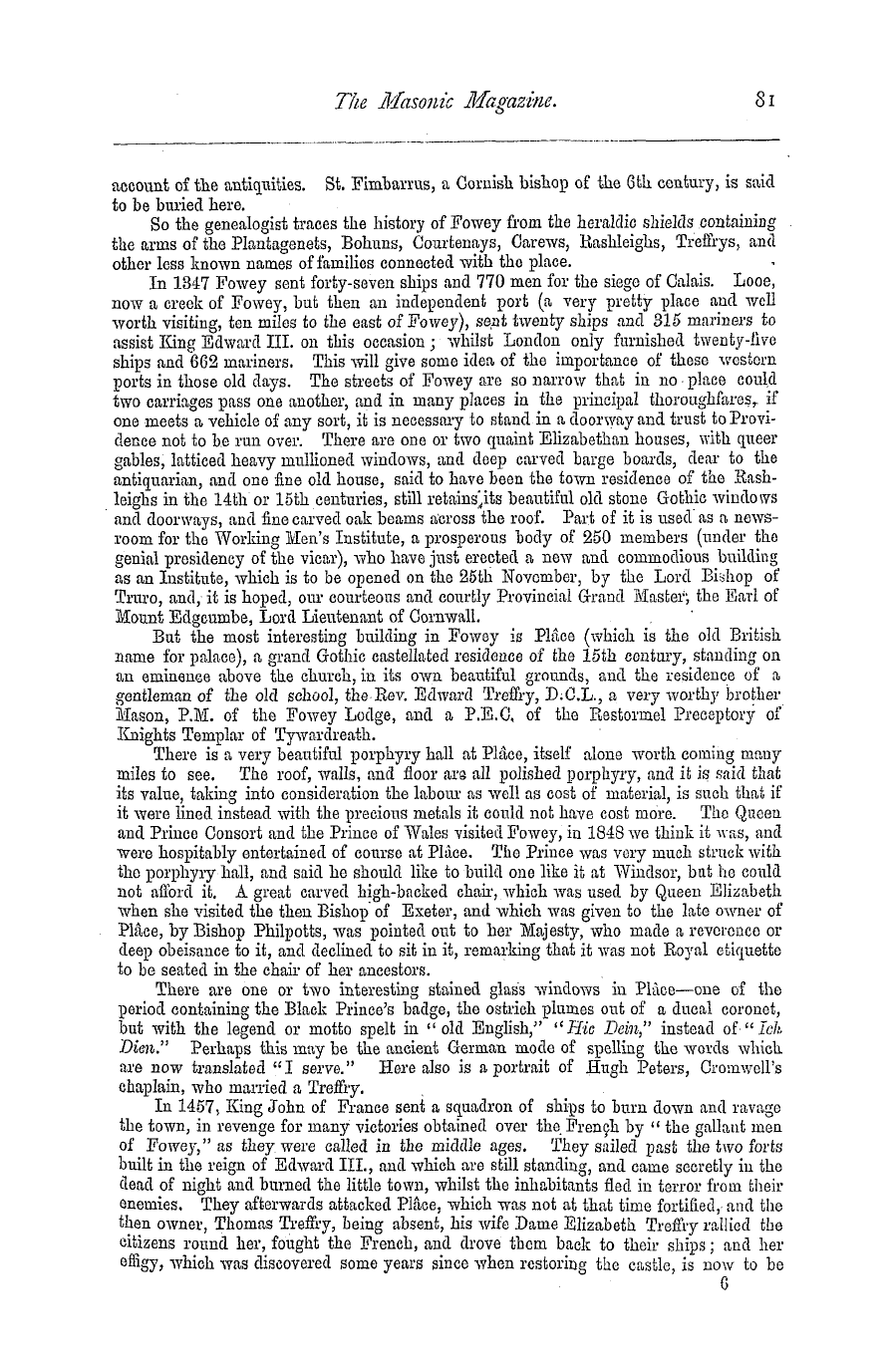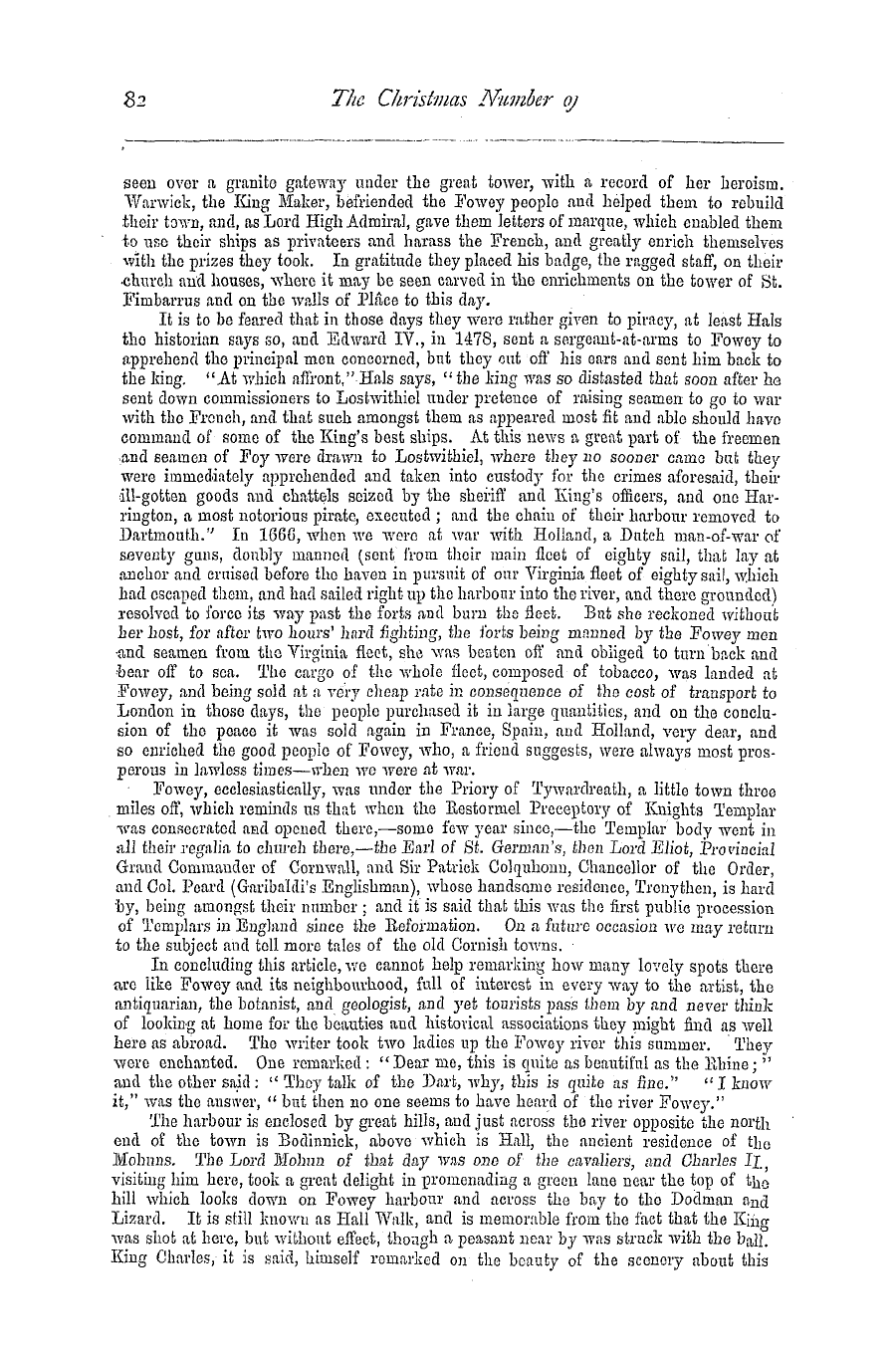Note: This text has been automatically extracted via Optical Character Recognition (OCR) software.
Transmission Of Masonic Art And Symbolism In The Fourth Century.
o £ this dogma , one that was abundantly and universally shared by the philosophers of his age . The Phoenicians were , beyond controversy , as the great maritime nation , down to the destruction of Carthage , by their rivals , the Romans , profoundly versed in those arts and sciences which beautified the city of Tyre and have left substantial monuments of oriental skill in the numerous localities where commercial speculations attracted their vessels . This people in remote ages had attained a just celebrity for the superior
character of national handiwork , and appear to have been eagerly sought for by munificent nionarehs , who used their skill in building elegant structures and imposing edifices . When Sesostris , the King of Egypt , endeavoured to embellish his royal domains , no fitting craftsmen were to be found among the people , and he was obliged to have recourse to the handicraft of such strange workmen as were pre-eminently skilled in the art of constructing superb edifices—the Phoenicians . Whatever skill the Greeks in after ages displayed in the erection of stone structures was certainly derived from these ancient artisans of Tyre , who , as other nations , attributed the invention of the square
and compasses with the other implements ot the stone-cutter s art to a divine benefactor . The people of Phoenicia anciently preserved the records of historical and other events of public importance upon columns of stone . One of the Masonic traditions clearly asserts that such inscriptions were made by Hermes to preserve the principles of the arts from utter destruction—a legend which still survives ; but the most curious confirmation of this venerable transmission is to be found in the fact that the strange workmen loyed bSesostris madeat his commandtwo columns of stone as a permanent
emp y , , register of the notable occurrences during the reign of the Egyptian King . The Phoenicians were indeed far advanced in mental culture , religious ceremonials , and scientific accomplishments beyond the people of adjoining nationalities . Solomon , King of Israel , was compelled to request , as the Egyptian Sesostris had sought before him , the skilled artificers of Tyre , and paid them enormous wages . Sacerdotal colleges of Phoenicia denominated their Supreme Deity by the name of the Tetragi'ammatonor
, Jah , El , and Adonai , which , when correctly pronounced , was endowed with omnific or irresistible power . It was this word which Moses whispered in the ear of the Egyptian ruler that produced such miraculous results . Evidently this unutterable word was communicated to the Jewish law-giver in Egypt , where it was for ages written over the main entrance to the Temple of Seraphis . The pronunciation of this namethe central point around
, which the Masonic organism revolves , has been lost , and although vast erudition has searched to replace the proper collocation of syllables , it has been with unprofitable results . The close and intimate union existing between the rites and religious dogmas of the Phoenician hierarchy and the Elusinian mysteries may be inferred from the curious fact that during the initiatory ceremonies of this secret society in Greece , the theogony
or Divine genealogy or Ssanchomathon , who was the chief hierophant m the Phoenician sacerdotal order , was read or recited to the initiates . These mysteries , although not inculcating the unity of God , certainly exercised a wide space and beneficial influence upon the formation of the Greek mind , and none but those of blameless and irreproachable character were admitted to share the secrets of the order . Nero himself , while sojourning in Greece , sought initiation and was refused , on account of the ineradicable stain which the assassination of his own mother had put the imperial irant
upon asp ; neither could Constantine find pagan priests who would purge him from his numerous parricides . That a transmission to Greece of occult sciences , together with the ceremonials used by the Phoenician priesthood , occurred , at a comparatively early epoch , is now admitted , and in the absence of historical proofs of these rites having served the Grecian hierarchas a model for imitationit is well known that one of their philosophers
y , , Pythagoras , was initiated by the Sidonian priests . When at a later period Numa transplanted such ritualism and sacred customs from Greece into Rome as served best to energize the developing city , one of the distinctive forms incident to Phoenician civilization , viz ., the association of builders , was also established in the Latin domains , under the specific title of Colleges of Artificers . These organizations , as hitherto stated ,
Note: This text has been automatically extracted via Optical Character Recognition (OCR) software.
Transmission Of Masonic Art And Symbolism In The Fourth Century.
o £ this dogma , one that was abundantly and universally shared by the philosophers of his age . The Phoenicians were , beyond controversy , as the great maritime nation , down to the destruction of Carthage , by their rivals , the Romans , profoundly versed in those arts and sciences which beautified the city of Tyre and have left substantial monuments of oriental skill in the numerous localities where commercial speculations attracted their vessels . This people in remote ages had attained a just celebrity for the superior
character of national handiwork , and appear to have been eagerly sought for by munificent nionarehs , who used their skill in building elegant structures and imposing edifices . When Sesostris , the King of Egypt , endeavoured to embellish his royal domains , no fitting craftsmen were to be found among the people , and he was obliged to have recourse to the handicraft of such strange workmen as were pre-eminently skilled in the art of constructing superb edifices—the Phoenicians . Whatever skill the Greeks in after ages displayed in the erection of stone structures was certainly derived from these ancient artisans of Tyre , who , as other nations , attributed the invention of the square
and compasses with the other implements ot the stone-cutter s art to a divine benefactor . The people of Phoenicia anciently preserved the records of historical and other events of public importance upon columns of stone . One of the Masonic traditions clearly asserts that such inscriptions were made by Hermes to preserve the principles of the arts from utter destruction—a legend which still survives ; but the most curious confirmation of this venerable transmission is to be found in the fact that the strange workmen loyed bSesostris madeat his commandtwo columns of stone as a permanent
emp y , , register of the notable occurrences during the reign of the Egyptian King . The Phoenicians were indeed far advanced in mental culture , religious ceremonials , and scientific accomplishments beyond the people of adjoining nationalities . Solomon , King of Israel , was compelled to request , as the Egyptian Sesostris had sought before him , the skilled artificers of Tyre , and paid them enormous wages . Sacerdotal colleges of Phoenicia denominated their Supreme Deity by the name of the Tetragi'ammatonor
, Jah , El , and Adonai , which , when correctly pronounced , was endowed with omnific or irresistible power . It was this word which Moses whispered in the ear of the Egyptian ruler that produced such miraculous results . Evidently this unutterable word was communicated to the Jewish law-giver in Egypt , where it was for ages written over the main entrance to the Temple of Seraphis . The pronunciation of this namethe central point around
, which the Masonic organism revolves , has been lost , and although vast erudition has searched to replace the proper collocation of syllables , it has been with unprofitable results . The close and intimate union existing between the rites and religious dogmas of the Phoenician hierarchy and the Elusinian mysteries may be inferred from the curious fact that during the initiatory ceremonies of this secret society in Greece , the theogony
or Divine genealogy or Ssanchomathon , who was the chief hierophant m the Phoenician sacerdotal order , was read or recited to the initiates . These mysteries , although not inculcating the unity of God , certainly exercised a wide space and beneficial influence upon the formation of the Greek mind , and none but those of blameless and irreproachable character were admitted to share the secrets of the order . Nero himself , while sojourning in Greece , sought initiation and was refused , on account of the ineradicable stain which the assassination of his own mother had put the imperial irant
upon asp ; neither could Constantine find pagan priests who would purge him from his numerous parricides . That a transmission to Greece of occult sciences , together with the ceremonials used by the Phoenician priesthood , occurred , at a comparatively early epoch , is now admitted , and in the absence of historical proofs of these rites having served the Grecian hierarchas a model for imitationit is well known that one of their philosophers
y , , Pythagoras , was initiated by the Sidonian priests . When at a later period Numa transplanted such ritualism and sacred customs from Greece into Rome as served best to energize the developing city , one of the distinctive forms incident to Phoenician civilization , viz ., the association of builders , was also established in the Latin domains , under the specific title of Colleges of Artificers . These organizations , as hitherto stated ,














































































